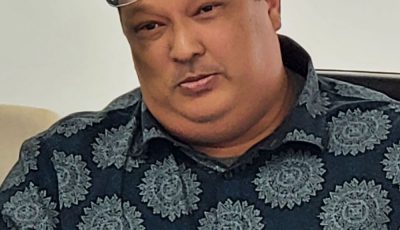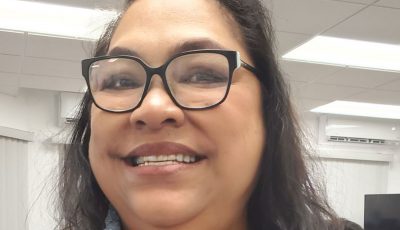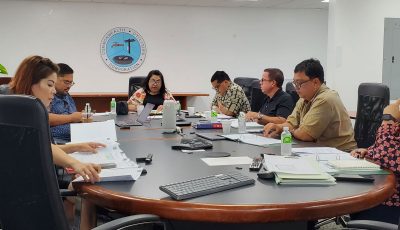CRM certifies CUC exploratory geothermal drilling
The Bureau of Environmental and Coastal Quality’s Division of Coastal Resource Management board approved Thursday to certify the Commonwealth Utilities Corp.’s exploratory geothermal well drilling project.
This will now allow CUC contractors Maevelle Energy, 4i CNMI LLC, and Alexander Drilling to go ahead with the drilling of a well in Gualo Rai to explore a possible source of geothermal energy.
CUC representative Maximino Simian, who is a registered geologist, as well as 4i’s representative and private consultant Tim Lang, spoke at Thursday’s meeting on behalf of CUC to move the project forward.
The project site is located in Gualo Rai at the site of CUC’s existing well called GR6. The well is about 400 feet deep and is currently not being used for production, according to Lang.
He explained that during drilling they encountered “abnormally high water temperatures.”
“As a result of further study, it was concluded that there was the potential to exploit sub-surface waters for geothermal energy,” he said.
Lang said that at this point no one can say for certain that the well could generate geothermal energy but that is the purpose of the exploratory well.
“The plan is to utilize the existing well and, through standard core drilling method, continue drilling down through to the bottom of the limestone layer. At that point the well will be cased and grouted up to prevent leaks of any water below the limestone layer into the limestone layer, and potentially into the aquifer,” Lang said.
The aquifer is a body of permeable rock that can contain or pass on water.
After the drilling, the contractor will bring in a core drilling rig and continue drilling down into the volcanic layer until they reach a water with a temperature of 200 degrees or a maximum depth of 2,000 feet.
DCRM board member George Camacho, who is also CUC’s power division manager, asked Lang if the project would involve any major earth moving activity and if there are any gases and efforts to control that.
Lang told Camacho that there won’t be any earth moving and they haven’t identified any gases yet but there could be a potential for gases during the drilling. He said they will use a blowout preventer, which is used to control and monitor oil and gas.
Simian said they will be monitoring specifically for poisonous gases such as hydrogen sulfide that comes from oil and gas but added that they don’t expect to find any.
When asked if residents in the area have already been notified, Lang said John Gourley of Micronesian Environmental Services is still trying to locate one resident whose land is adjacent to where the project site is located.
After the meeting, DCRM board member David Rosario told Saipan Tribune, said he knows of only two permits that the project will need to go through: a one-step permit application and a well drilling application, which is required by BECQ.
Camacho said the project is part of CUC’s efforts to identify alternative resources for power production and reduce CUC’s dependence on diesel.



























